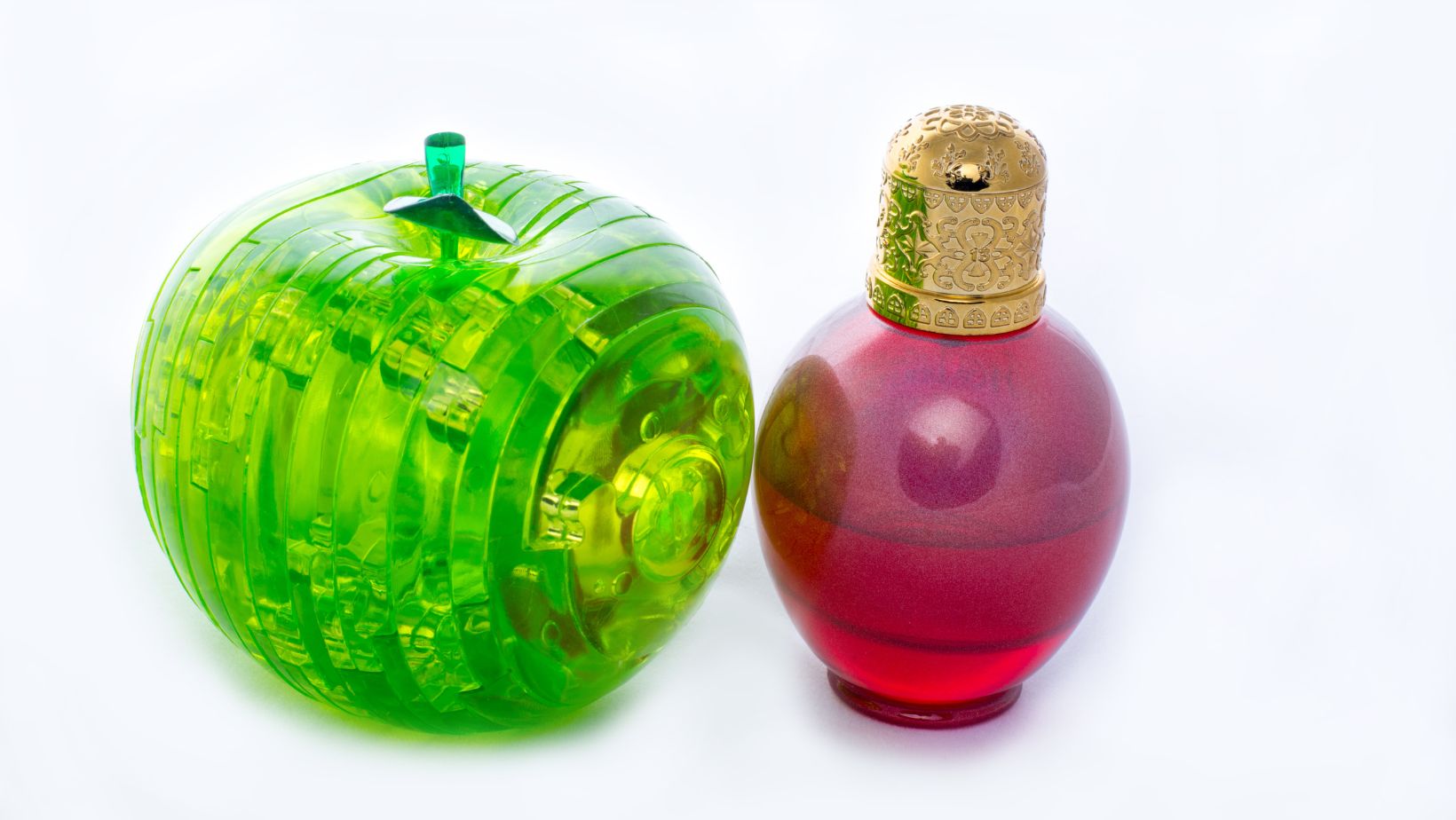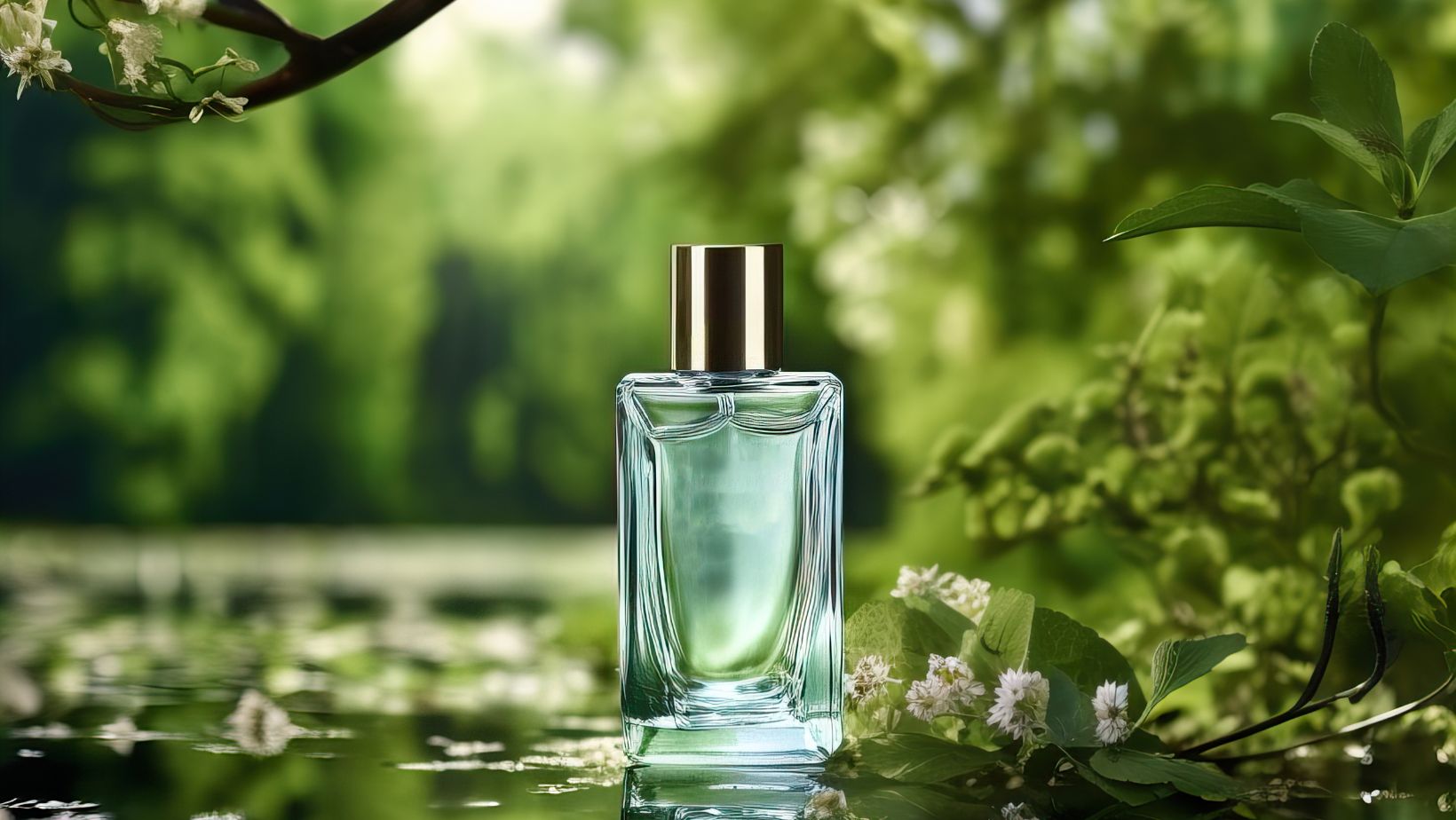The smell of a green apple is clean, crisp, and fresh, and we all know it the minute we smell it. But what is it that makes this smell so unique? The answer has to do with a group of special little chemicals – volatile organic compounds (VOCs) – that help create the scents we are so familiar with, as well as the more complicated notes of the green apple perfume.
What Are Volatile Organic Compounds?
Volatile organic compounds are a complex group of carbon molecules that evaporate rapidly at room temperature. They are found all around us, occurring naturally as well as being produced in various man-made items. You can smell VOCs in the flowers in your garden, the fruits at the market, and even in your personal care products.
The fresh smell of a green apple comes from a certain group of VOCs. Among the notable players is hexyl acetate, which carries a sweet, fruity apple scent. This chemical is also in many other fruits, and we can thank them for their tantalizing scents, too. When you eat a green apple, you break open the cells, and the VOCs float into the air to your nose.
The Science Behind Green Apple Scent
But a single VOC doesn’t always explain the entire fragrance; a chorus of other VOCs warms up to the melody played by the main VOC. Each adds its own sound, with some producing sweet notes and others making more sour tones. However, other VOCs are more shy and produce only a whisper. This melody of green apple fragrance makes it particularly pleasant and unique.
This study of the green apple smell has allowed chemists to mix up and store the perfume’s exact scent. They can synthesize the VOCs in green apples to create the fragrance as it’s found in nature. And that’s how green apple perfume is able to mimic the scrumptious scent of the fruit so well.
From Orchard to Perfume Bottle
When you spray green apple perfume on your skin, the opening zing of freshness you smell is from these volatile compounds. Perfumers carefully blend different molecules to ensure they make a balanced mix that not only lasts a desired length of time on the skin but also smells as close to a green apple in the wild as possible.

These molecules have major implications when it comes to the environment too. Out in nature, the same molecules that serve a stark warning to would-be predators in a field help plants to protect themselves against serious harm. VOCs are not signalers, they’re essentially natural guard dogs, watching out for the safety of the ecosystem.
The Role of VOCs Beyond Scent
On a grander scale, though, VOCs influence the quality of the air we breathe. Those naturally occurring VOCs are a crucial part of the Earth’s ecosystems, but the man-made kinds are not so beneficial. VOCs are emitted naturally by trees, but man-made VOCs are released into the air by industrial means, and the products in our homes can contribute to air pollution and negatively affect human health.
That complicated job description has made VOCs an enormous topic of interest for scientists everywhere. Mankind has learned to understand how to bend nature’s alchemy to smell nice. But with a basic understanding of how the chemicals impact your favorite natural scents, you’ll never look at your favorite scents the same way again.
Scent Science Meets Everyday Life
So the next time you have the pleasure of being around a green apple or wearing a green apple perfume, you will better understand why it’s so unique.

This dance between nature and the perfumery industry is just one example of how interconnected the larger world and the perfume world are.
